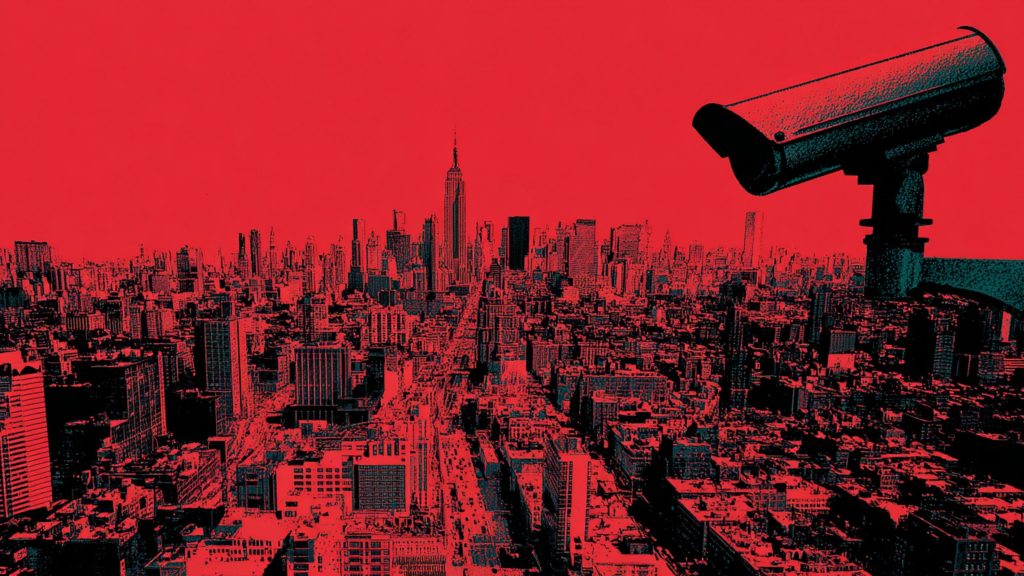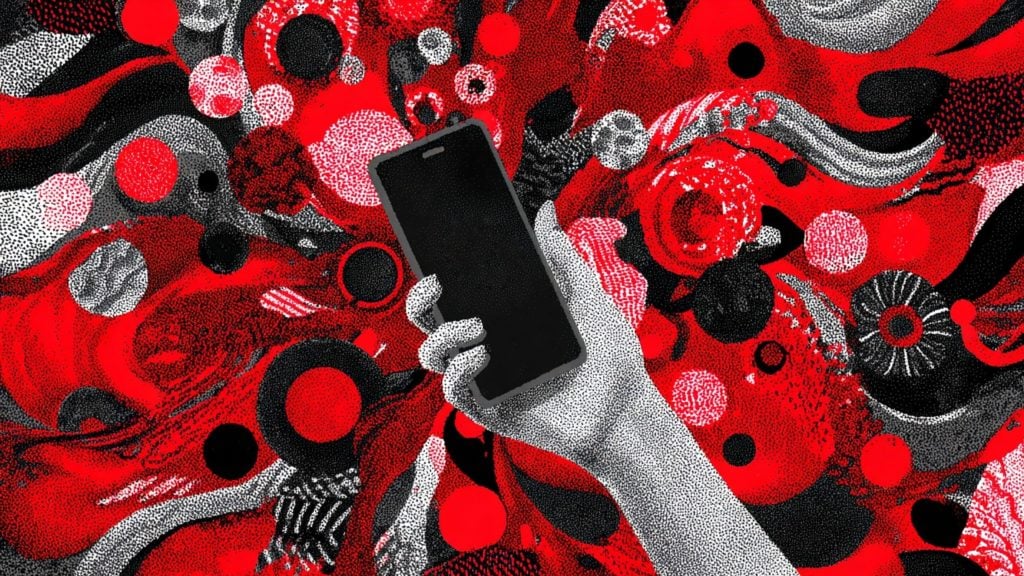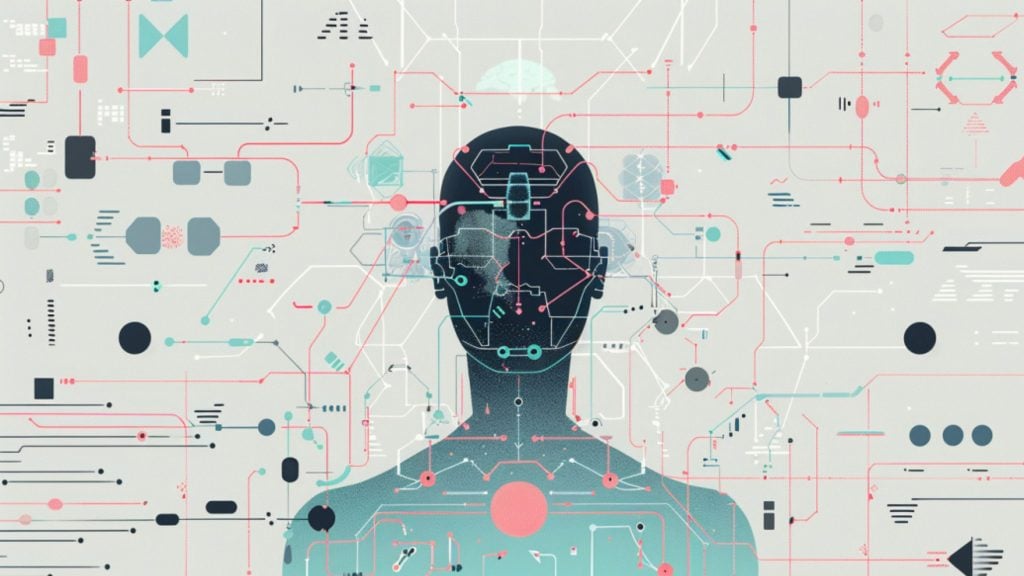That pandemic is over – but UK’s authorities appear very keen to launch another one, this time political, where various government departments seem to be lining up proposals aimed at keeping as many people as possible at home.
And those ministers look very optimistic about the surveillance capabilities of various wearables, all the way to enabling “virtual prisons” to function (this time for actual criminals, not the general population caught up in lockdown measures.)
Those in charge of healthcare would like people to basically take primary care of their own health whenever possible, and are ready to hand out wearable devices for patients to monitor anything from blood sugar to cancer recovery at home; and now Justice Secretary Shabana Mahmood is considering “virtual prisons.”
What would be the difference between house arrest and these “alternatives to jail”? One is that the first is usually handed out for minor crimes, or to allow inmates to serve the last six months of their prison stretch under these conditions (“HDCs” as this is known in the UK – involving some level of technology-driven surveillance) – while the other is new, and involving a new role of tech, in Mahmood’s thinking.
Now, there are GPS tags, phones, and watches (all “smart” – i.e., very capable of round-the-clock surveillance – but would that be legal, and in what jurisdictions, remains to be clarified).
Where Mahmood (and those behind the policies she’s the face of) are concerned the solution to “jails running out of space” (just as hospitals are apparently running out of staff and capacity) is to make people serve their serious, 5+ year sentences – at home.
And, just as working from home seems to be facing a backlash, in the UK at least – healing yourself, or imprisoning yourself, in your own home, paying your own utilities, etc, seems to be gaining traction.
Labour is not shy to “work” with Tories, especially on initiatives that are fairly puzzling, if not offensive, to common sense.
“Theoretically a judge could hand down a sentence of house arrest. We have an opportunity now to reshape and redesign what punishment outside of a prison looks like,” said Mahmood.
According to the Telegraph – Mahmood is expected to confirm David Gauke “the former Tory justice secretary (as) head of the review of sentencing that aims to ensure there will be enough space to lock up the most dangerous criminals, encourage offenders to turn their back on crime and expand punishments outside prison.”
According to opponents from the ranks of civil and digital rights advocates, this is yet another dystopian exercise worthy of criticism, not least because the plan includes learning from (other) authoritarian surveillance states who spy on their own citizens – perhaps simply, at this time, because they do it more effectively than the UK.
We know what all this says about those run-of-the-mill authoritarian regimes – but what does this “ambition” tell us about the UK authorities?
According to the Sun, the question, and the problem are real – the newspaper cites “an insider” as saying that the real or perceived problem of overcrowded – as we now know them – prisons, ought to spill over into the rest of society.
If the report is to be taken for granted – and it cites an unnamed insider – “We (UK) need to learn from the surveillance states who spy on their own citizens and use the same tactics with our criminals.”
It might sound incredulous to those whose point of view is still that governments like that in the UK are, as far as democratic practices, pure as the driven snow.
But the reality seems to be that the official position is moving ever closer to a place where “maximum security” prisons can when all’s said and done – be set up anywhere. Including a person’s own home.
Now, remember the days when technology was the force for the good, and in service of people using it.
And now – apparently, just forget those days.
“Those under home detention curfews are in practice under a form of house arrest, with a tag on their ankle, and a sensor in their home, they are placed under curfews, generally for 12 hours each day,” said Mahmood.
“In some ways, punishment outside a prison can be even more restrictive than prison.”
It does warrant repeating that once widespread use of facial recognition tech as a surveillance measure is in place in a society, it means that everyone is subject to it – rather than just those currently treated as suspects and/or convicted inmates.
Once set up and running, this system can very easily in the future be “repurposed” in a number of scenarios – including capturing individuals who break no law, but are simply political/ideological/speech dissidents.












